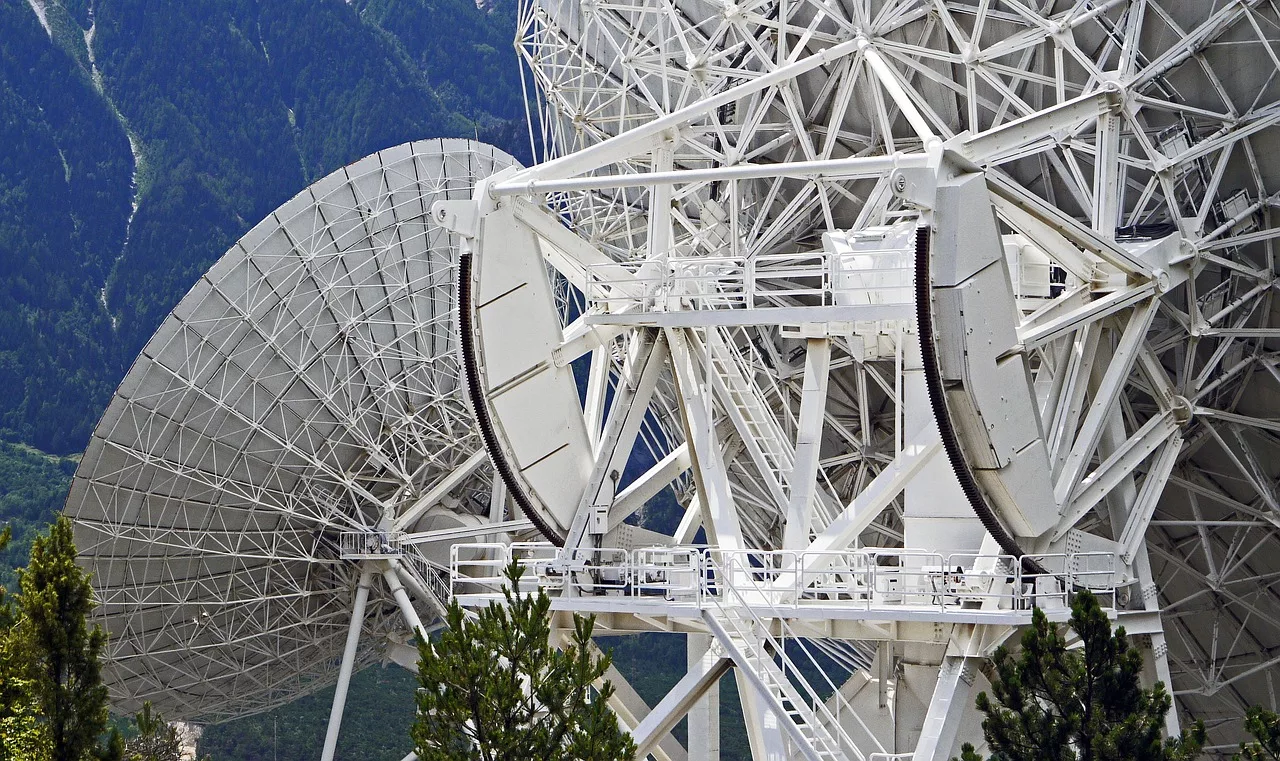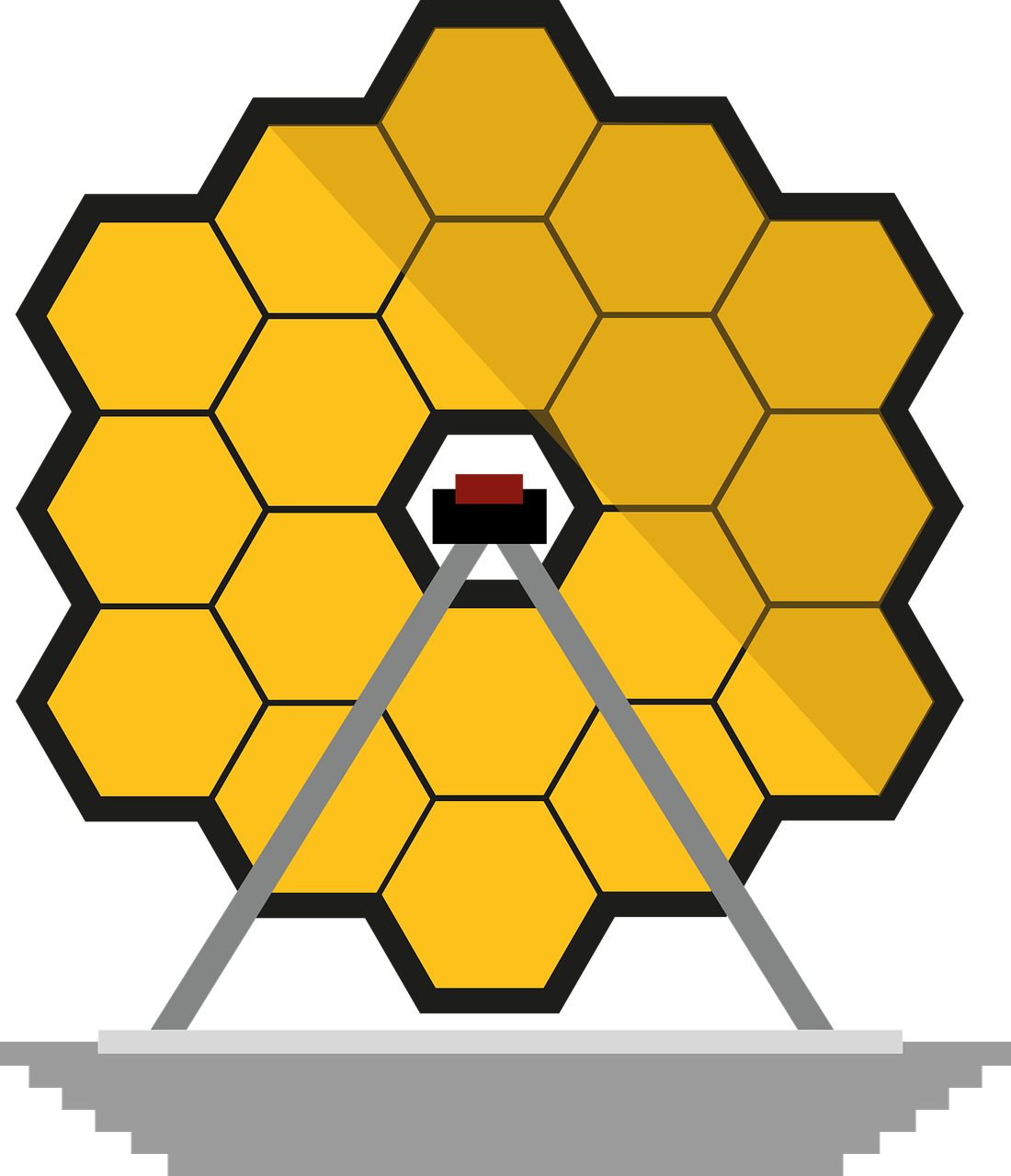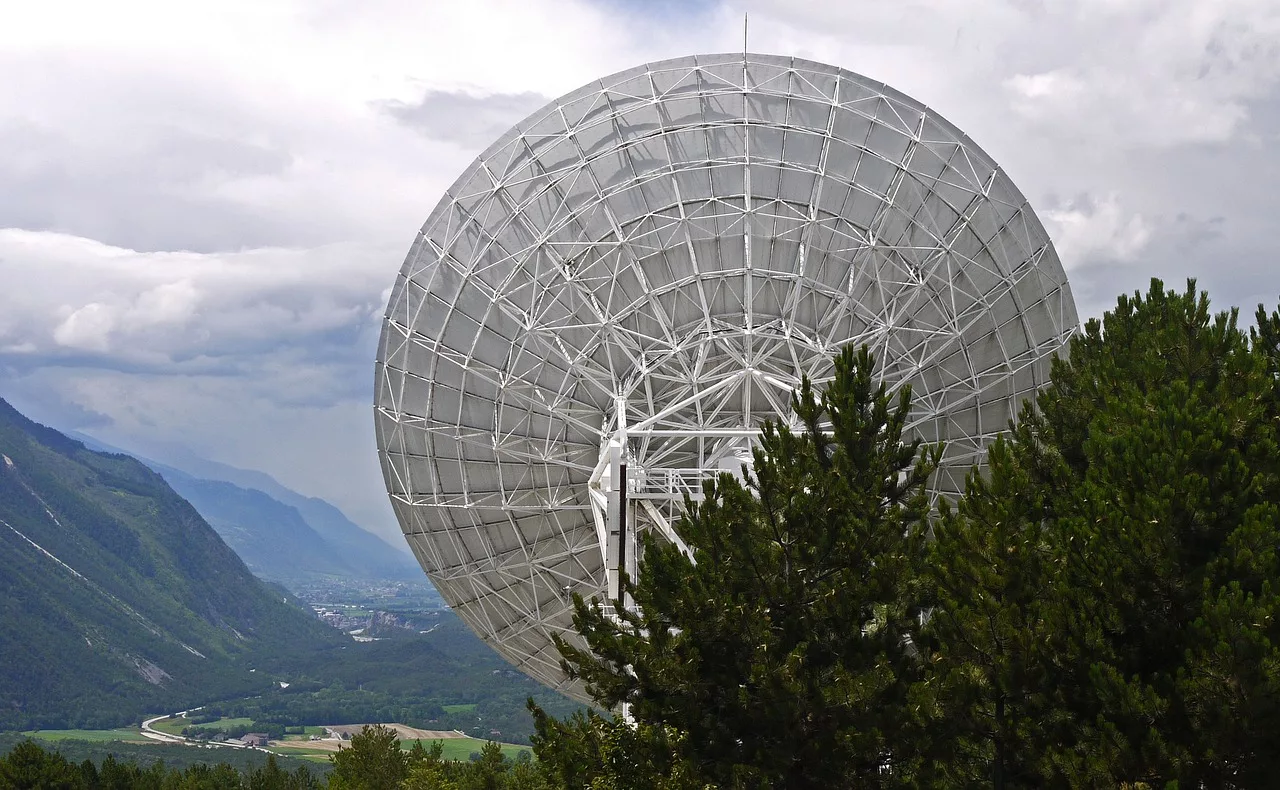Imagine being able to witness the wonders of space from the comfort of your own backyard. Well, wonder no more! In this article, we will explore the exciting possibility of observing satellites and the International Space Station (ISS) with a telescope. Get ready to embark on a celestial journey as we uncover the secrets of the night sky and discover just how close we can get to those twinkling dots of light that fascinate us all. So grab your telescope, bring your curiosity, and let’s set our sights on the stars!
Table of Contents
Can I Observe Satellites and the International Space Station with a Telescope?

Understanding the Basics of Observing Satellites and the ISS
Have you ever wondered if it’s possible to observe satellites and the International Space Station (ISS) with a telescope? The answer is yes, you can observe these celestial objects with the right equipment and techniques. Satellite observation can be a fascinating hobby, allowing you to witness the marvels of space and the incredible human achievement of the ISS. In this article, we will guide you through the basics of observing satellites and the ISS, including factors to consider, choosing the right telescope, necessary equipment, tips for finding and tracking satellites, and techniques specifically for observing the ISS.
Factors to Consider when Observing Satellites
Observing satellites requires certain considerations to maximize your chances of success. The most critical factor is finding a suitable location with minimal light pollution. Light pollution can hinder your ability to spot satellites, so it’s best to find a dark sky site away from city lights. Additionally, weather conditions like clear skies and low humidity are ideal for satellite observation. Patience is also key, as it may take several attempts to locate and track a specific satellite.
Choosing the Right Telescope for Satellite Observation
When selecting a telescope for satellite observation, several factors come into play. One crucial consideration is the telescope’s aperture, which determines its light-gathering capability and resolving power. A larger aperture allows for better visibility of fainter satellites and finer details. The telescope’s optical design is also important, with Schmidt-Cassegrain or Maksutov-Cassegrain telescopes being popular choices due to their compact size and versatility. Additionally, consider the telescope’s portability, ease of use, and compatibility with accessories like a motorized mount for satellite tracking.
Model Specifications for Satellite Observation
If satellite observation is your primary objective, it’s recommended to opt for a telescope with specific model specifications that enhance this capability. Look for a telescope with a high focal ratio, such as f/10 or higher, as this provides a narrower field of view, making it easier to track satellites without them quickly moving out of sight. A telescope with a long focal length is also beneficial for capturing more detail. Furthermore, consider a telescope with computerized GoTo capabilities, allowing for automated tracking of satellites or the ISS.

Other Equipment Needed for Satellite Observation
In addition to a telescope, there are other essential equipment and accessories needed for successful satellite observation. A sturdy tripod or mount is crucial to stabilize your telescope and ensure steady observation. A red flashlight or headlamp is recommended to preserve your night vision while adjusting equipment settings in the dark. Binoculars can be handy for locating satellites before tracking them with your telescope. Additionally, a smartphone or tablet with astronomy apps can assist in identifying satellites and their paths across the sky.
Tips for Finding and Tracking Satellites
Locating and tracking satellites may seem challenging at first, but with practice and a few helpful tips, you’ll soon become proficient in this exciting endeavor. Begin by familiarizing yourself with satellite tracking websites or apps that provide real-time satellite positions. These tools can help you predict when and where satellites will pass overhead based on your location. Start by tracking brighter satellites or the ISS, as they are easier to spot. Follow their predicted paths, using your telescope’s motorized mount or manually adjusting to keep them within your field of view.

Observing Satellites with Naked Eye vs. Telescope
While observing satellites with a telescope offers a closer look, there are benefits to observing them with the naked eye as well. With the naked eye, you can see a larger area of the sky, allowing you to spot satellites that may be outside the narrower field of view of your telescope. Additionally, the unaided eye provides a more authentic experience of witnessing satellites as they traverse the night sky. Alternatively, using a telescope enables you to observe finer details and track satellites with greater precision and stability.
Finding the International Space Station (ISS)
The International Space Station is a remarkable feat of engineering and an incredible sight to behold. To find the ISS, you can rely on various resources to determine its upcoming passes over your location. Websites, apps, or even specific social media accounts dedicated to tracking the ISS can provide you with real-time information. The ISS can appear as a bright, moving star, sometimes even outshining the brightest stars in the night sky. Be sure to use this information in coordination with your telescope to enhance your viewing experience of this majestic orbiting laboratory.
Equipment and Techniques for Observing the ISS
When observing the ISS specifically, some additional equipment and techniques can enhance your viewing. A telescope or binoculars with a lower magnification power can provide a wider field of view, allowing you to follow the ISS as it quickly moves across the sky. Engaging in ISS spotting sessions with fellow enthusiasts can be enriching, as you can share tips, experiences, and even collaborate on capturing photographs or videos of this awe-inspiring spacecraft. Remember to be patient, as the ISS orbits the Earth every 90 minutes, providing ample opportunities for observation.
Common Challenges and Solutions in Satellite Observation
Satellite observation can present some challenges, but with the right approach, you can overcome them. One common difficulty is the fast-moving nature of satellites, with some orbiting at speeds of over 17,000 miles per hour. To address this, practice your tracking skills with slower-moving satellites before attempting to observe faster ones. Atmospheric conditions, such as gusty winds or high humidity, can also impact visibility. Checking weather forecasts before your observation sessions can help you plan for optimal conditions. Finally, learning from experienced satellite observers or joining astronomy clubs can provide valuable insights and solutions for any challenges you encounter along the way.
In conclusion, observing satellites and the International Space Station with a telescope is indeed possible and can be a rewarding hobby for space enthusiasts. By understanding the basics, considering the right equipment, and employing effective techniques, you can marvel at these artificial objects as they traverse the night sky. So, grab your telescope, find a dark and secluded spot, and embark on a thrilling journey of observing satellites and the ISS. The wonders of space await you!
